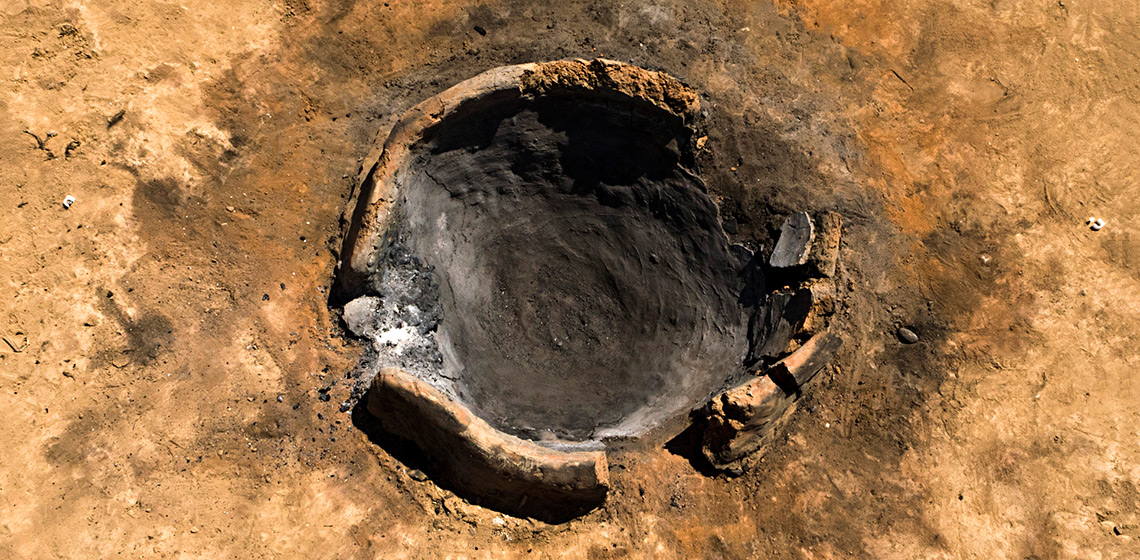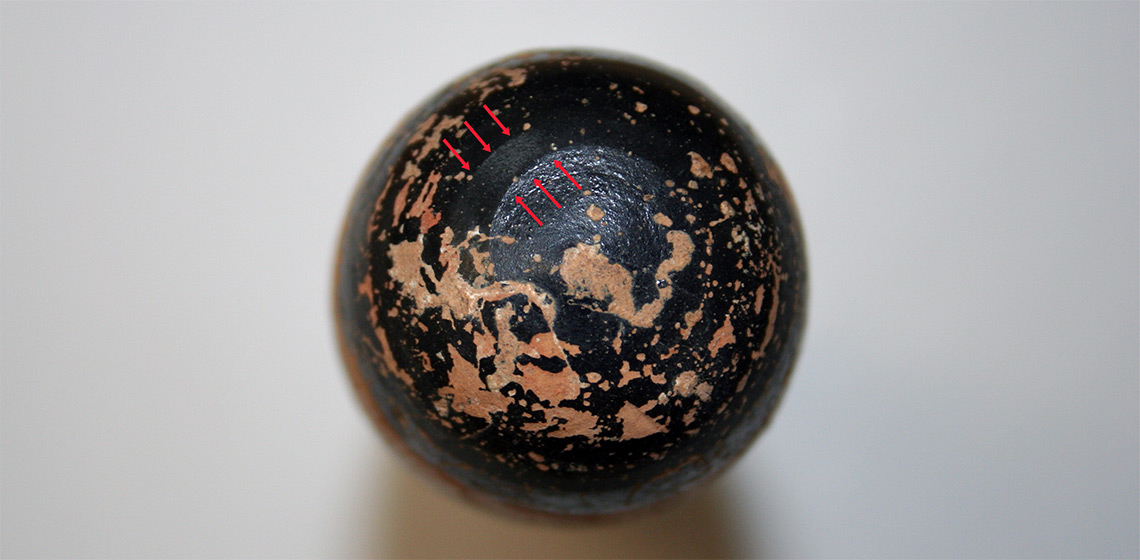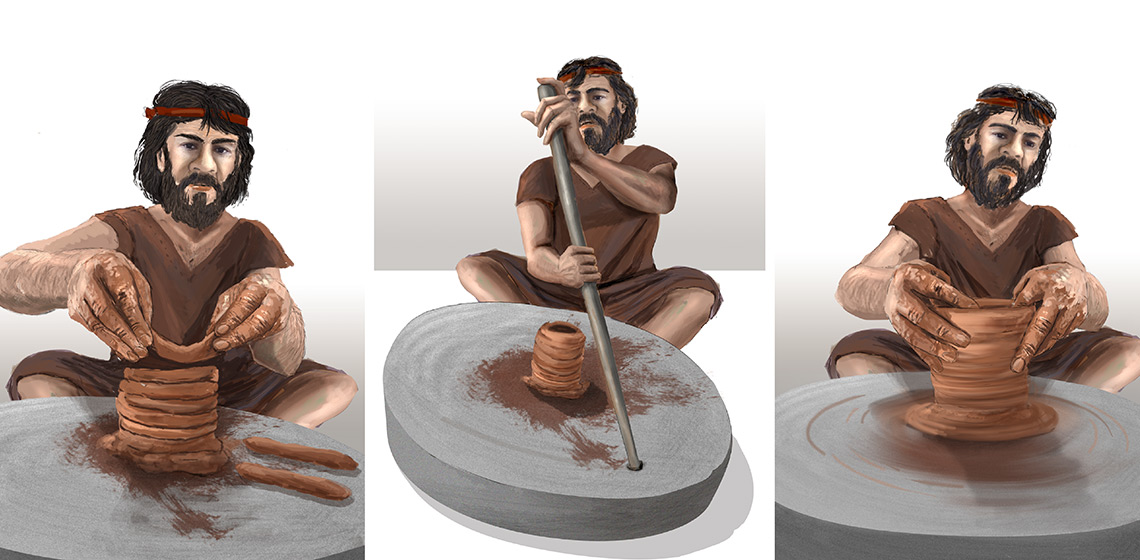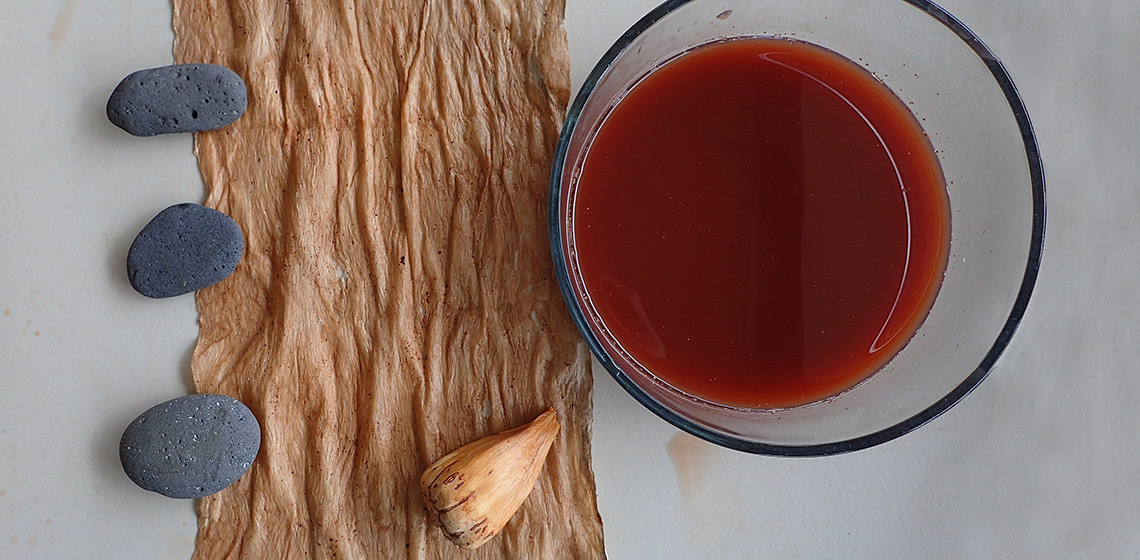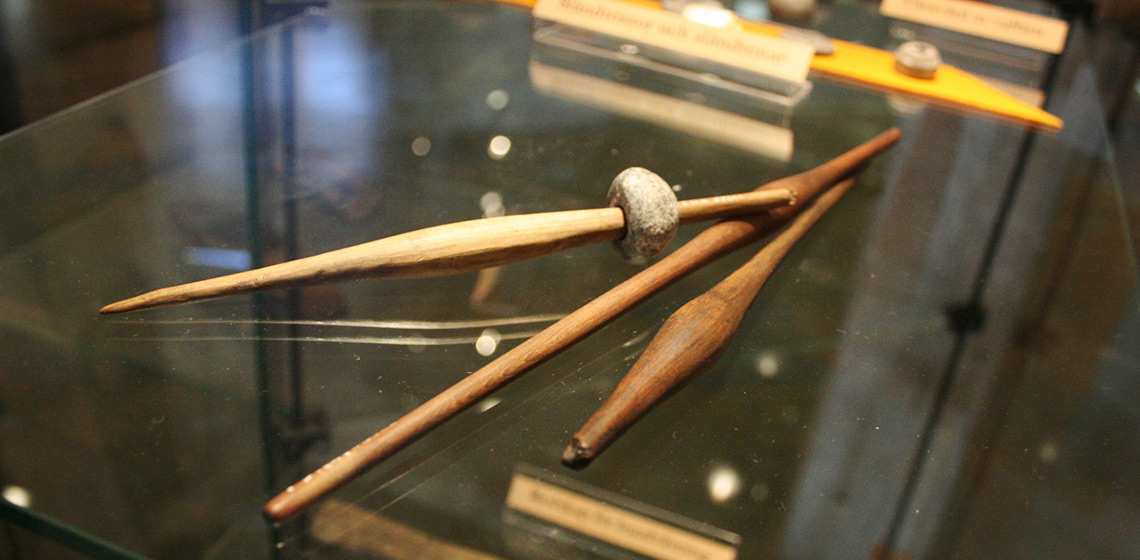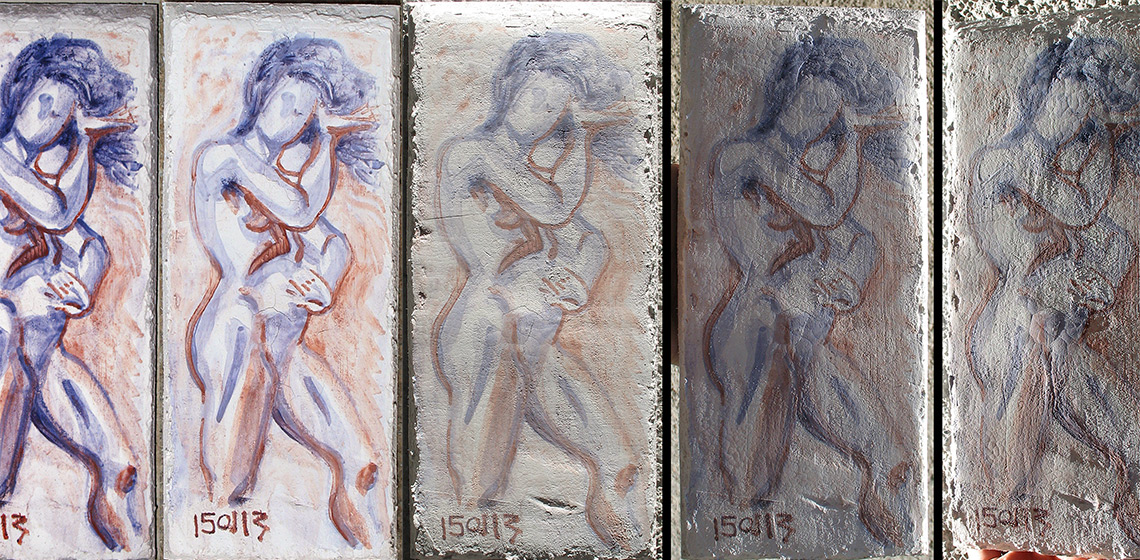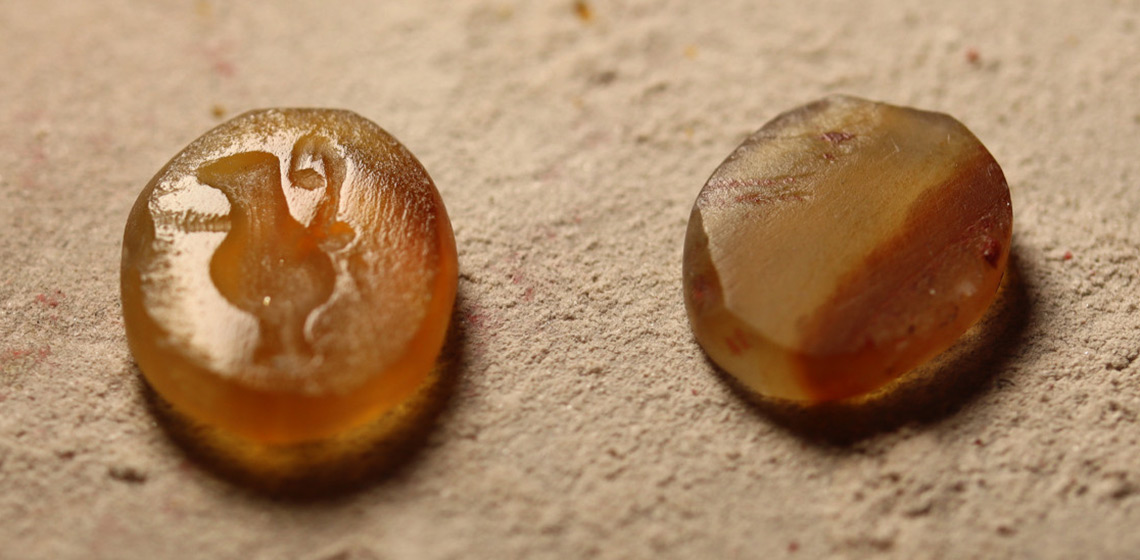Ancient Technology
Assessing Forming Techniques of Athenian Ceramic Alabastra
Introduction
Studies related to the craft of the potter whether it is the examination of manufacturing techniques of ancient Greek vases or clay analyses, have considerably developed over the last decades. Yet, experimental reconstructions and potter-centred analyses have mostly focused on Bronze Age pottery, Early Iron Age pottery, coarse wares, or kitchen wares (Knappett, 1999; Müller, Kilikoglou and Day, 2015; Choleva, 2020; Choleva, Jung and Kardamaki, 2020).
Some Reflections on the Origin and Use of the Potter's Wheel during the Iron Age in the Iberian Peninsula. Interpretive Possibilities and Limitations
Bast, Ferns, and Mud: Experimental Recreation of a Kapa Kaha (Barkcloth)
***Kapa (Hawaiian barkcloth) was the ubiquitous fabric of historic Hawaiʻi, used for everything from clothing to bedding, from swaddling newborns to enshrouding the deceased, and all things in between. This textile is crafted from the bast (inner bark) of several plant species...
Identifying Ceramic Shaping Techniques: Experimental Results Using the Inclusion and Void Orientation Method
Roman Gold Washing as Described by Pliny the Elder
***As part of a four-year interdisciplinary research project of a Roman gold mine in the landscape known as the "Karth" to the south of Vienna, Austria, a reconstruction of gold washing took place as described by Pliny the Elder in book 33 of his Natural History. So far, the "Karth" is the only proven Roman gold mine known in the Eastern Alps...
Recreating Historic European Spindle Spinning
Fresco Mixtures with Dried Lime Plaster: Cameron’s Experiments Revisited
Introduction
During the Bronze Age, the craftspeople of the eastern Mediterranean practiced a form of reuse or recycling: fragments of mortar were used as aggregates in lime mixtures intended for walls or floors (Shaw, 1973, p.222; Brysbaert, 2003, pp.168-173, pp.175-176; Jones, 2005, p.220; Brysbaert, 2008, p.118). Such a mixture was found in a house in the Akrotiri settlement of Santorini, in a part of the wall that was intended to be painted (Jones, 2005, p.220).

